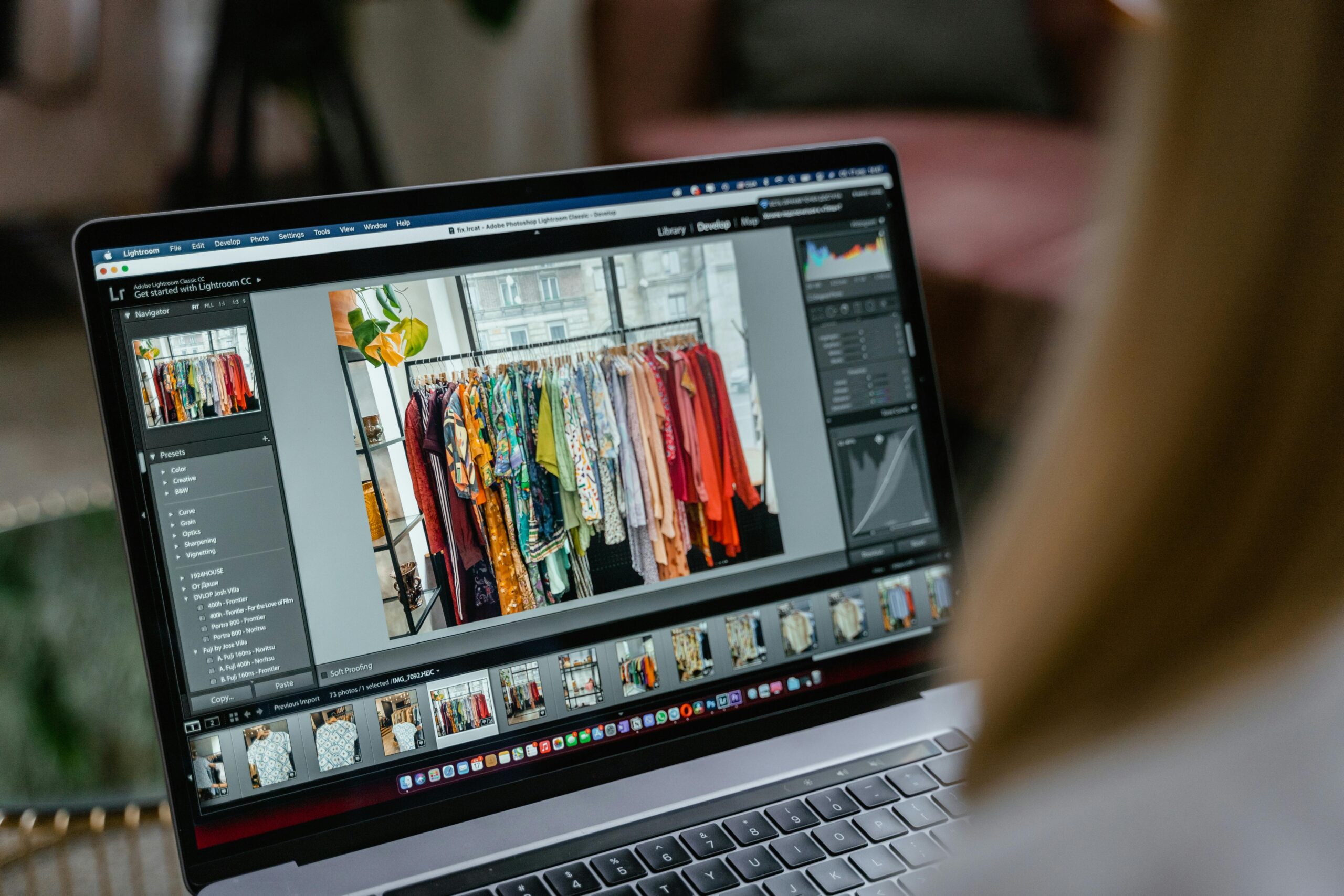3D Printed Textiles: Revolutionising the Fashion Industry
What is 3D Printing?
In recent years, 3D printing has become omnipresent. From medicine to construction and design to jewellery and aerospace, there are breakthroughs and innovations every few days. With every other industry jumping onto the 3D printing bandwagon, the fashion industry isn’t an exception and won’t be left behind in this race. The process is also referred to as Additive Manufacturing. Products are constructed layer-by-layer, according to Computer Aided Design (CAD) from certain extruded materials. 3D printing in fashion is gaining momentum very quickly. Designers and other clothing manufacturers are slowly discovering the benefits of 3D printing technology. Since the fashion industry is constantly evolving, there is a growing demand for individuals who are proficient in CAD. Leading fashion design colleges in Bangalore are offering a Certificate Course in Computer-aided Fashion Design.
Advantages of 3D Printed Garments
- Sustainability
It’s no surprise that the textile industry is a major consumer of water and other resources. To produce a pair of jeans alone, it takes around 1,800 gallons of water. These numbers are appalling no doubt. This has a drastic impact on the environmental footprint. 3D printing has the potential to significantly reduce the number of resources needed to produce fabrics particularly textiles, clothing and other furnishings. Since designers and fashion brands are looking for sustainable materials to manufacture their collections, 3D printing is on the rise. 3D printers are used to create specific patterns and only a certain amount of product needed is printed. This helps in curtailing resource wastage, and ensures the manufacturing process is not harmful to the environment.
- Enhanced Design Creativity
3D printing enhances the design aspect of a garment. It gives designs better creative freedom, and they can create literally anything including garments, accessories, ornaments and meshes. From intricate designs to quirky shapes, this new technology can literally create avant-garde pieces. The creative potential is limitless especially in terms of geometry. Compared to conventional textile manufacturing, 3D printing is much more simplified.
- Customisation
When it comes to customisation options, 3D printing opens a whole new array of possibilities. Brands can fabricate pieces based on the specific needs of the consumer or for their body parts. For example, Adidas, a sportswear brand, has been experimenting with 3D printing since 2015. They are trying to create shoes that provide an optimal fit for any runner.
- Prototyping & Tooling
The two most common uses of 3D printers are prototyping and tooling. For every garment, prototypes and garments are manufactured. Earlier, they would typically be outsourced. This would lengthen the design manufacturing process. Ever since 3D printers became in-house devices, designers can swiftly evaluate and visualise their creations. They can take more design risks. Also, the turnaround time is better. Each step can be finished sooner, and the entire process is less expensive. Design iterations can also be done quickly.
- Easy to Manufacture 3D Printed Fashion Accessories
While 3D printing full items of clothing is possible, 3D printers are also used to supplement parts of the design including embellishments and accessories. Small accessories can be assembled in minutes. Accent pieces can be added to the garment itself. 3D printing is particularly helpful when costume jewellery has to be manufactured.
- Print-on-Demand
As a fashion manufacturer, you can stand out from the crowd by offering print-on-demand services. 3D printing makes this possible as you can utilise innovative techniques. Traditional production methods usually require plenty of space to store inventory. With 3D printing, there is no specific quantity you need to produce. Thus, it saves both time and money, and is an inexpensive process. Changes for designs can also be made easily.
The Future of 3D Printing in the Fashion Industry
There are no two thoughts about the fact that 3D printing is revolutionising the fashion industry. The future looks promising too as many companies are developing new techniques to knit garments. 3D printing can be used to create garments that anyone can wear. It is also opening up new possibilities for design, production and customisation.
An emerging trend in the 3D printed textile industry is the use of sustainable and biodegradable materials. To promote eco-friendly fashion, manufacturers are now using recycled plastics and algae-based filaments in their production process. Now is the best time to launch 3D printing in a full-fledged way as today’s consumer is particular about initiatives like slow-fashion, ethically-produced garments and sustainability in general.
3D printing is here to stay and doing a certificate course in computer-aided design from Vogue Institute of Art is a great idea as it will open up an array of career possibilities.




